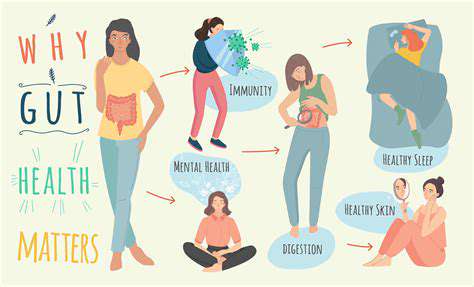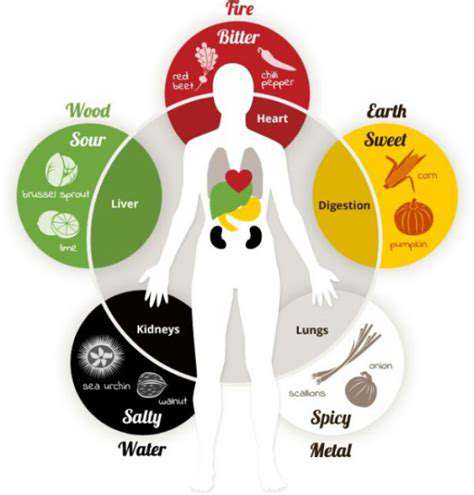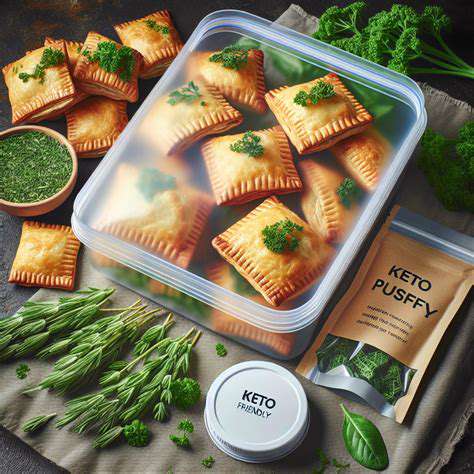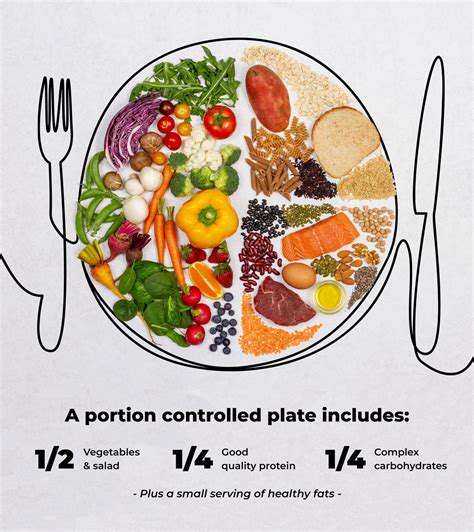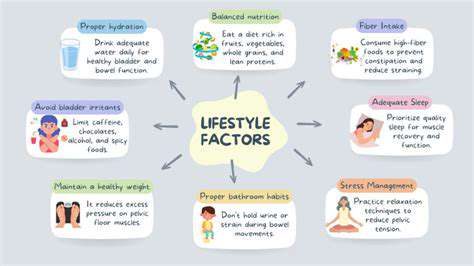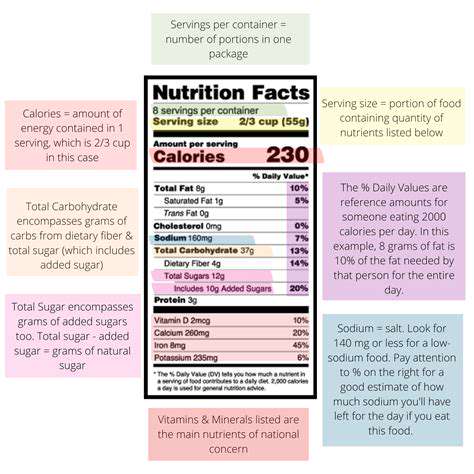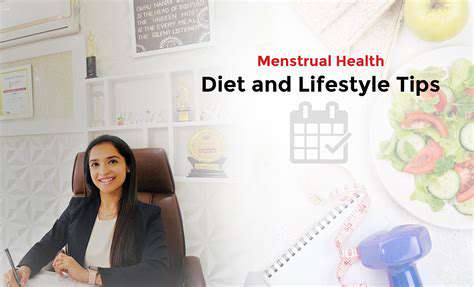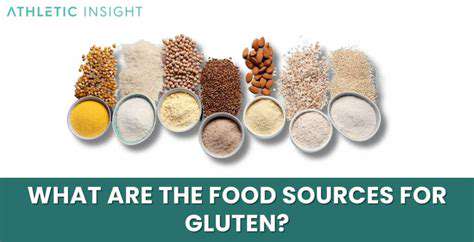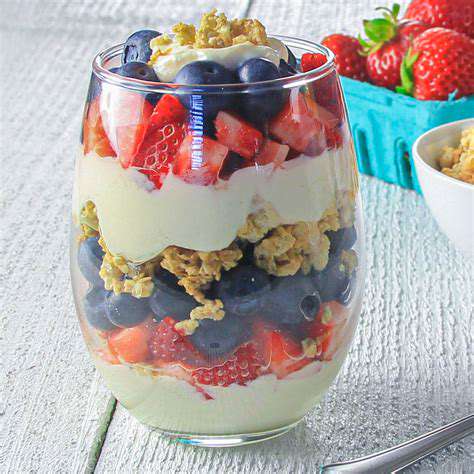GAPS Diet: Healing the Gut, Healing the Body
Foods Allowed and Avoided: Navigating the GAPS Dietary Guidelines
Foods Allowed: Building Blocks for Gut Health
The GAPS diet emphasizes nutrient-dense foods that support gut healing and restoration. This includes a wide variety of healthy fats, like avocados, olives, and nuts, which provide essential fatty acids crucial for gut barrier function. Animal products, including grass-fed meats, poultry, and wild-caught fish, are key components, offering high-quality protein and vital nutrients. Prioritizing these foods allows the body to rebuild and repair damaged gut lining.
Fermented foods like sauerkraut and kimchi, though introduced gradually, play a significant role in restoring beneficial gut bacteria. These fermented foods contain probiotics, which help repopulate the gut with healthy microorganisms. A variety of vegetables, such as leafy greens, sweet potatoes, and carrots, are also encouraged. Choosing organic, locally sourced options whenever possible is ideal to ensure the highest quality and nutrient content.
Avoided Foods: Reducing Gut Inflammation
The GAPS diet takes a restrictive approach to certain foods, particularly those that are known to exacerbate gut inflammation. Processed foods, refined sugars, and artificial sweeteners are strictly avoided. These ingredients often contain inflammatory compounds that can further damage the gut lining and impede healing. Their absence allows the gut to focus on absorbing nutrients effectively.
Gluten-containing grains, like wheat, barley, and rye, are also off-limits in the initial stages of the GAPS diet. These grains are often difficult for individuals with leaky gut to digest, triggering inflammation. Similarly, dairy products, particularly those made from conventional cows, are generally avoided initially, due to their potential to irritate the gut.
Gradual Reintroduction: Listening to Your Body
A crucial aspect of the GAPS diet is the gradual reintroduction of previously avoided foods. This cautious approach allows the individual to assess how their body reacts to different foods. Starting with small portions of specific foods and monitoring for any symptoms like bloating, gas, or digestive discomfort is essential.
Focus on Bone Broth and Soups: Nutrient-Rich Support
Bone broth, a rich source of collagen, minerals, and amino acids, plays a vital role in supporting gut healing. It's a nutrient-dense and easily digestible food that can nourish the gut lining while providing essential nutrients. Homemade soups made with bone broth and carefully selected vegetables are also encouraged.
Importance of Digestion and Preparation: Optimizing Nutrient Absorption
The GAPS diet emphasizes the importance of proper digestion. Chewing food thoroughly and preparing meals in a way that maintains the nutrients is crucial. This preparation ensures that the body has access to the most beneficial components for repair and healing. Focus on slow cooking methods to retain nutrients and enhance digestibility.
Addressing Specific Gut Issues: Personalized Approach
The GAPS diet is not a one-size-fits-all approach. It is crucial to adapt the diet to individual needs and gut health challenges. Consult with a healthcare professional to address any specific digestive issues or concerns. A personalized plan can ensure that the diet is tailored to the specific needs of the individual.
The Role of Hydration: Supporting Gut Function
Adequate hydration is essential for maintaining a healthy gut. Drinking plenty of filtered water throughout the day supports digestive processes and helps to flush out toxins. Staying well-hydrated is crucial for optimal gut function and overall well-being on the GAPS diet. Herbal teas, especially those like chamomile or ginger, can also be beneficial.
